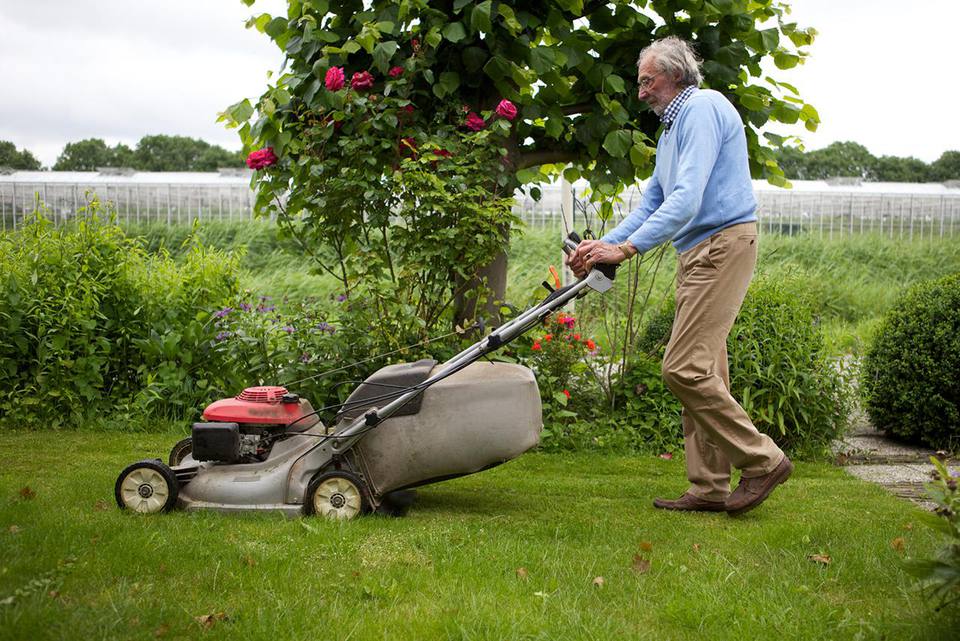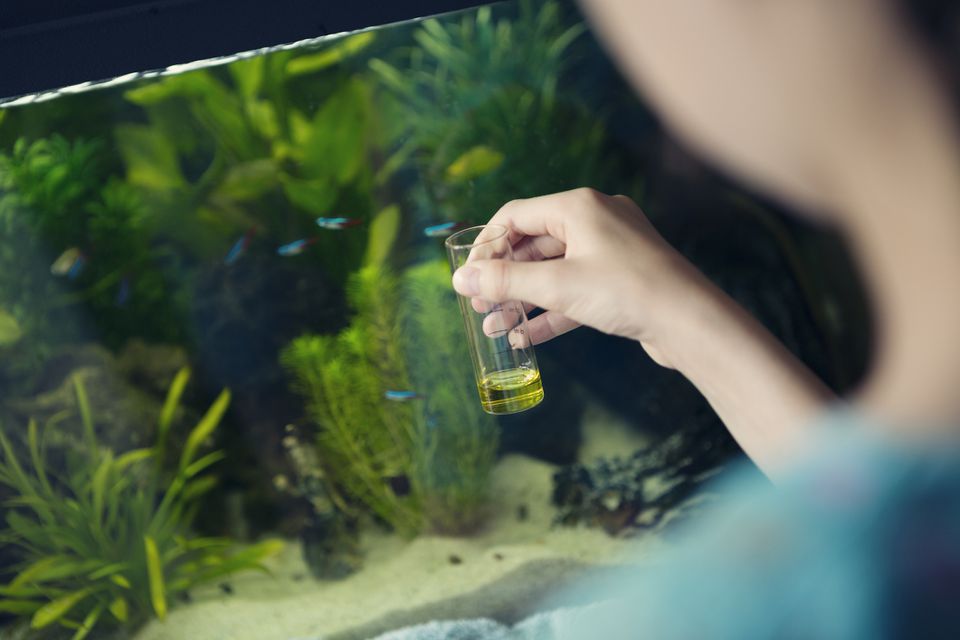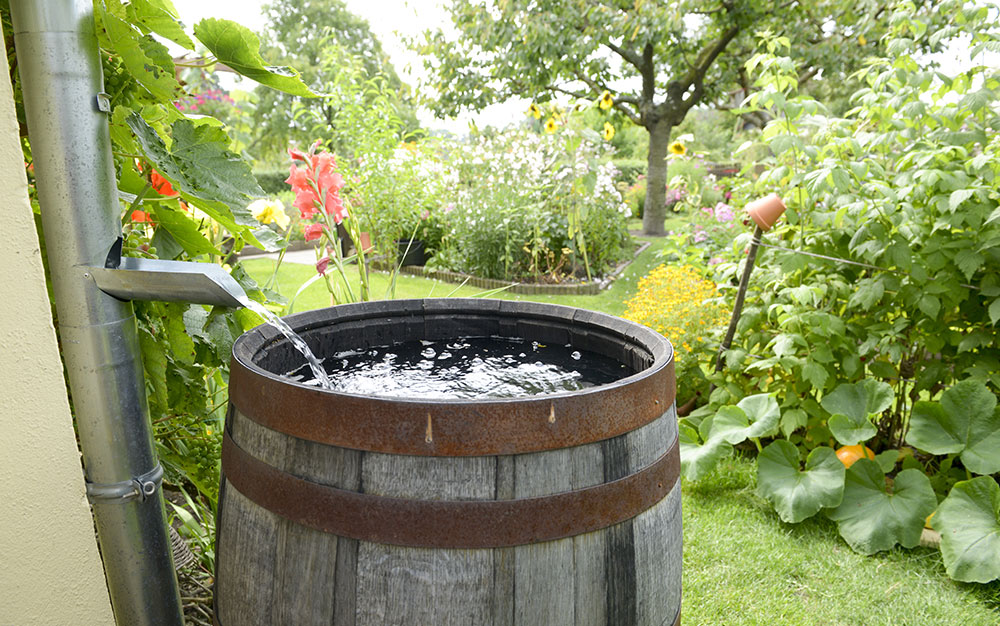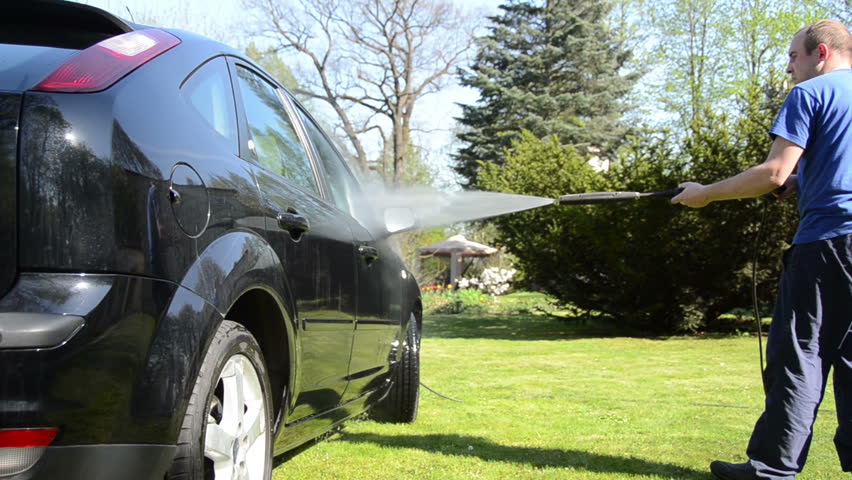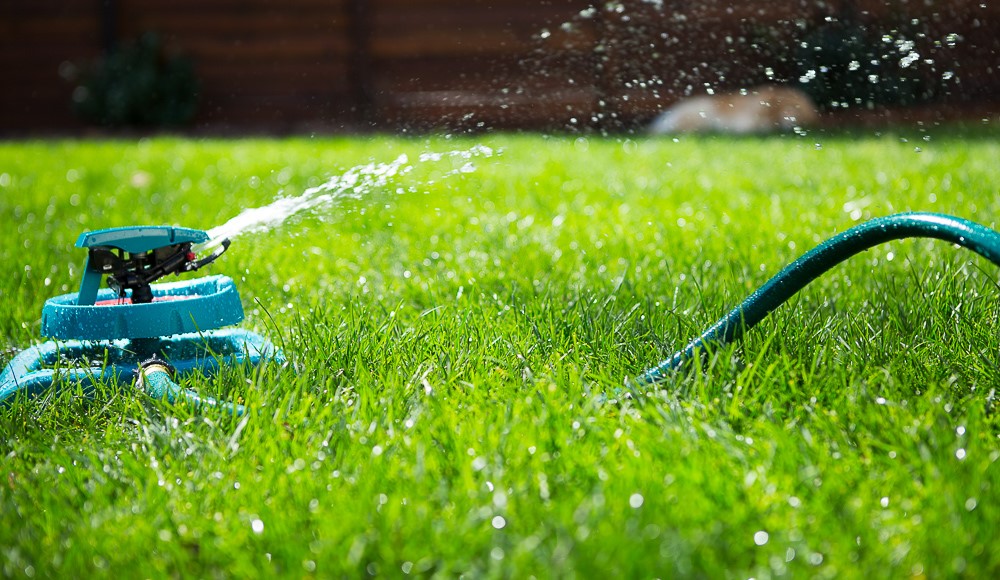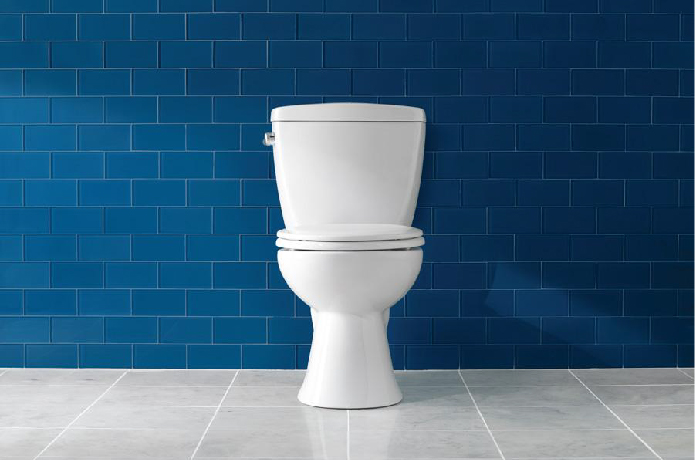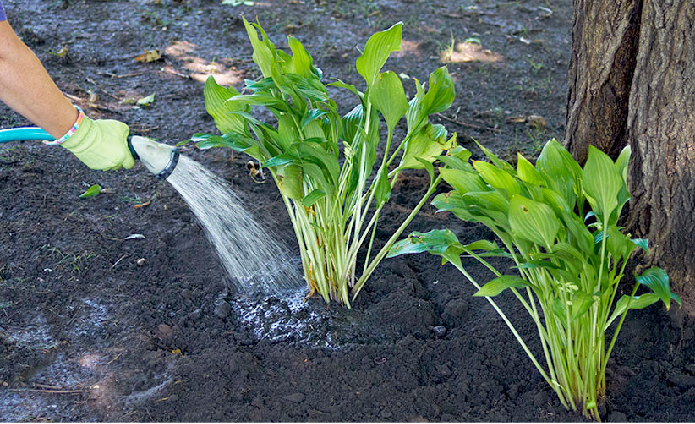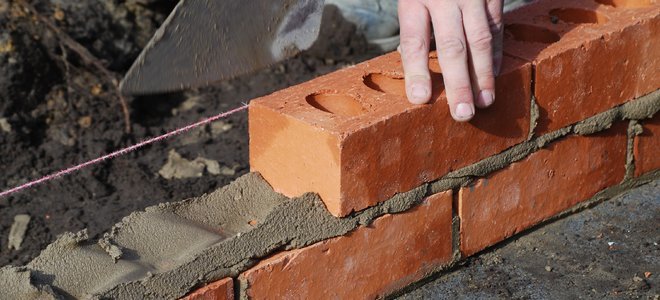Everyone understands that watering is a necessary part of the maintenance of any garden, but many gardeners could be more efficiently watering their plants. To do this, it is very important to know how much water is best for your plants, because some types of plants will require more water, while others will be okay with less. Be sure that you check the watering directions for the plants in your garden so that you can provide your plants with the precise amount of water that is right for them.
Once you know the ideal watering conditions for each of your plants, it is important to monitor the moisture content in the soil around them on a regular basis. This alone can provide a good indication of how deeply and often you should be watering. If the soil conditions feel too dry or too moist for your particular type of plants, then you may need to be watering more or less, depending on your findings.
Either way, when you do water, try to water from the base of the plant instead of from above. Watering from above will leave some of the water on the leaves of the plant, which will then quickly evaporate. Watering the leaves of certain plants could also lead to such troubles as burn spots, rot, or fungi. By watering at the base of the plant, you will allow more water to reach the roots, where it can be of most benefit to the plant itself.
Now that you know where it’s best to water, it is important to know when it’s best to water. Watering is most efficiently done during the early morning hours or in the evening. The key is to water your garden when the sun isn’t at its highest. With less sunlight and lower temperatures, the roots of the plants will have more time to absorb the water, before it is lost to evaporation.
To further avoid evaporation during the day, it is always a good idea to use mulch around the base of your plants. Mulch is a protective ground cover made from a variety of materials like grass, leaves, bark, or woodchips, and serves many purposes beyond simply retaining water in your soil. Organic mulches also help to reduce erosion, suppress weed growth, and nourish plants as they naturally decompose.
By watering your garden more efficiently and using mulch to help keep that water within your garden’s soil, you will be providing your plants with the conditions in which they can thrive. From now on, be sure to monitor your soil’s moisture content, water from the base of the plant during the early morning hours or in the evening, and add mulch to help keep that moisture where it belongs. Your plants are bound to appreciate your extra watering efforts.
